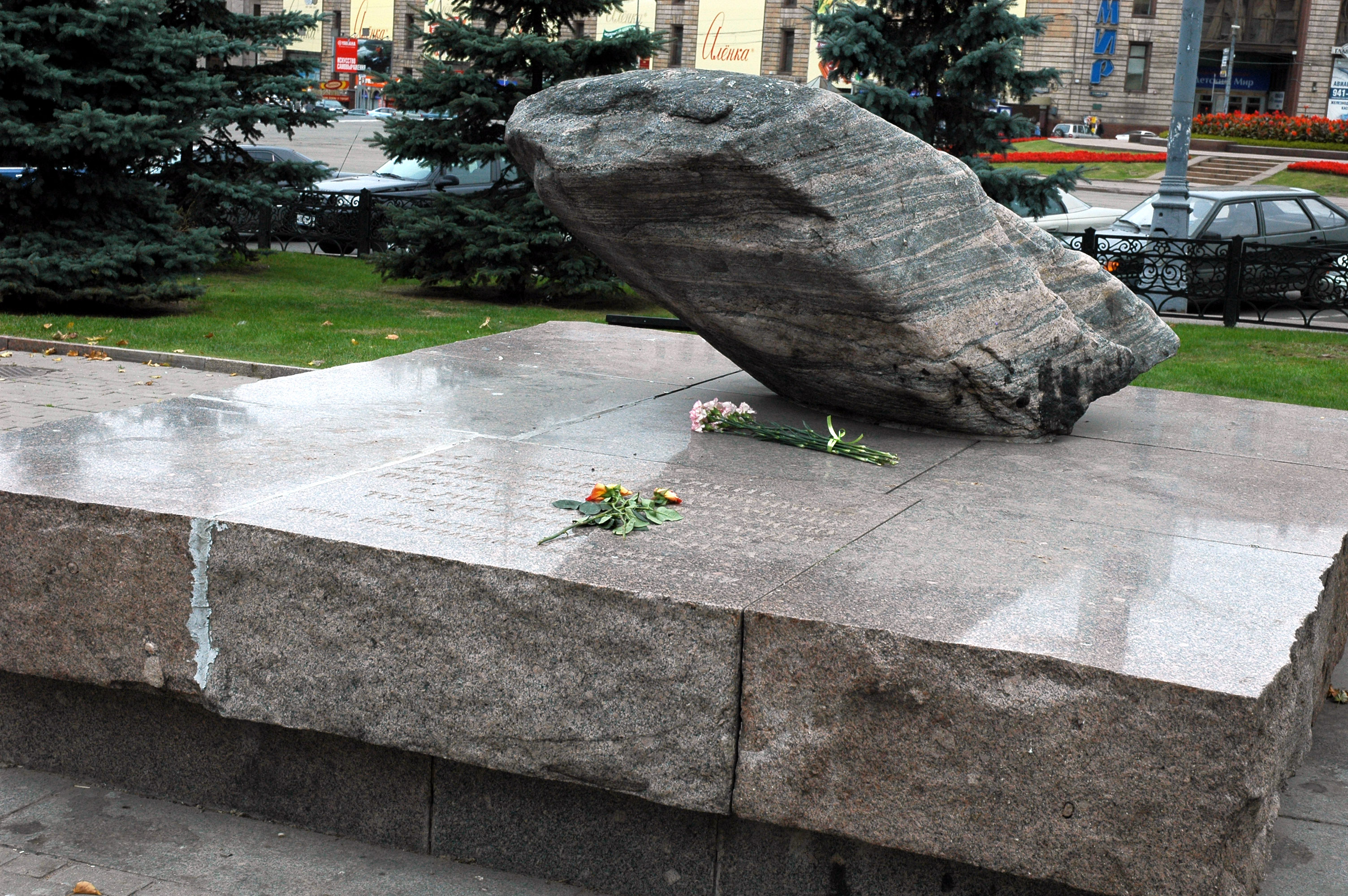Solovetskiĭ lagerʹ osobogo naznacheniia
Enlarge text Shrink text- Brodskiĭ, I︠U︡. Solovki, c2002:t.p. (Solovki) p. 3 (Solovet︠s︡kiĭ lagerʹ osobogo naznachenii︠a︡; SLON)
- Solovet︠s︡kiĭ lagerʹ osobogo naznachenii︠a︡ website, 9 April 2003p. 3-4 (Solovet︠s︡kiĭ lagerʹ osobogo naznachenii︠a︡; SLON; Solovet︠s︡kiĭ kont︠s︡lagerʹ; estab. 1923)
- Middlebury College Bulgakov website, 9 April 2003(Solovki; SLON; Solovetsky Special Purpose Camp; located on the Solovetsky Islands, this was the first Soviet concentration camp; it held mostly political prisoners and was active from 1923 to 1939)
- Encyc. of Ukraine:v. 4, p. 822 (Solovets Islands. A penal colony in the White Sea, Arkhangelsk oblast, Russia. In the 1420s and 1430s monks settled on the islands, and by the end of the 16th century they had become a major outpost of Russian monastic life in the far north. A strategic frontier fortress was built there. Unti 1903 the islands were used by the tsars as a prison and place of banishment for political and religious offenders. Most of the monks evacuated the islands after the Russian Revolution, and in 1923 the Bolsheviks established the Solovets Special Purpose Camp there, modeled on prisoner-of-wars camps. Later it became part of the Northern Special Purpose Camp Complex [no publs. in LC data base], and still later, Section Eight of the White Sea-Baltic Camp Complex [no publs. in LC data base]. In 1937 the camp in the Solovets Islands was renamed the Solovets Special Purpose Prison of the Main Administration of State Security of the USSR. For most of the 1920s the regime in the camp was relatively mild, and the number of prisoners small. With the onset of the Stalinist terror the Solovets Island were packed with prisoners living in severe conditions, subjected to cold, hunger, punishment cells, and beatings. In 1931-3 many prisoners were sent to work on the White Sea Canal. Late in 1938 the prisoners were evacuated from the Solovets Islands to other camps, and the island became a naval base; Solowky Concentration Camp)
- Solovki, 2004:CIP preface (Solovki Prison Camp)
The Solovki special camp (later the Solovki special prison), was set up in 1923 on the Solovetsky Islands in the White Sea as a remote and inaccessible place of detention, primarily intended for socialist opponents of Soviet Russia's new Bolshevik regime. At first, the Anarchists, Mensheviks and Socialist Revolutionaries enjoyed a special status there and were not made to work. Gradually, prisoners from the old regime (priests, gentry, and White Army officers) joined them and the guards and the ordinary criminals worked together to keep the "politicals" in order. This was the nucleus from which the entire Gulag grew, thanks to its proximity to the first great construction project of the Five-Year Plans, the White Sea–Baltic Canal. In one way, Solovki and the White Sea Canal broke a basic rule of the Gulag: they were both far too close to the border. This facilitated a number of daring escapes in the 1920s; as war loomed in the late 1930s it led to the closure of the Solovki special prison. Its several thousand inmates were transferred elsewhere, or shot on the mainland and on Solovki.
Read more on Wikipedia >
 Corporate Body
Corporate Body







